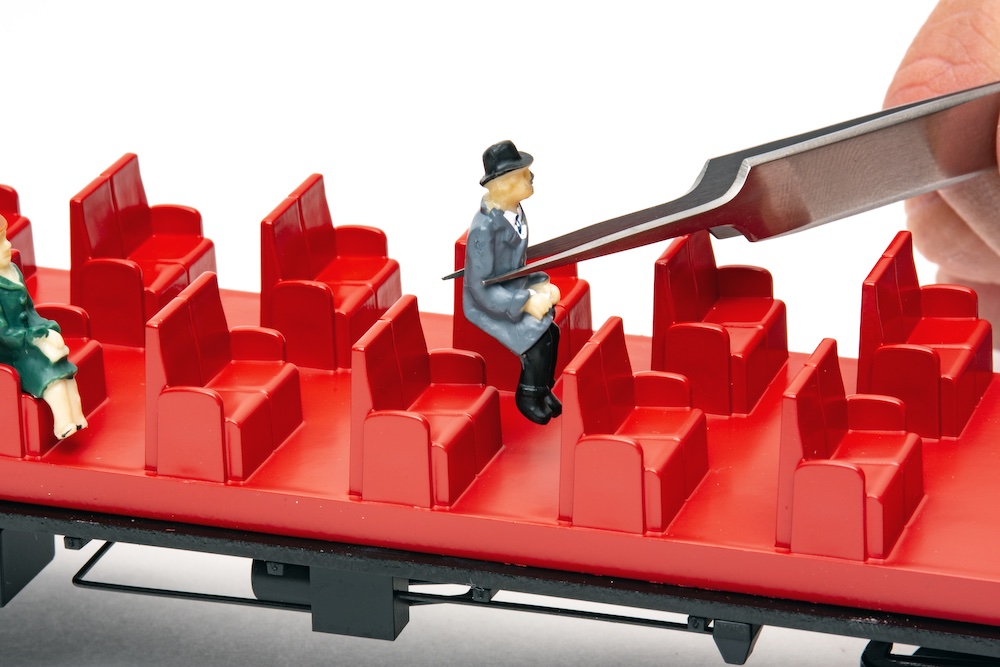
Lionel Trains’ 21″ passenger cars have been a staple in the manufacturer’s lineup of O-scale, 3-rail products for some time. A common censure though has been the lack of previously installed passengers upon purchase, leaving empty seats that need to be filled. From disassembly to reassembly, this project is easier to accomplish than I initially […]
Read More…
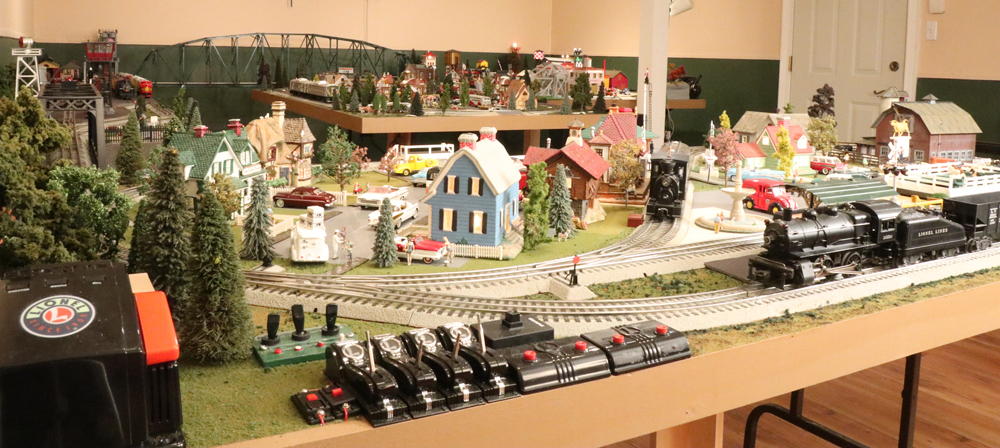
Model railroading — in any scale — can be a challenging hobby for people with disabilities, whether caused by illness, accident, or age. In addition, visitors who use a wheelchair or walker may find it difficult to view distant points on a large layout. The pike shown here was built with such limitations in mind. […]
Read More…

What is an operating session? Operating sessions attempt to mimic the activities we see on a full-size railroad. To support a successful operating session, a garden railroad must have certain characteristics. There must be multiple industries where cars can be spotted. The more unique industry locations on the railroad, the better. These car spots must […]
Read More…
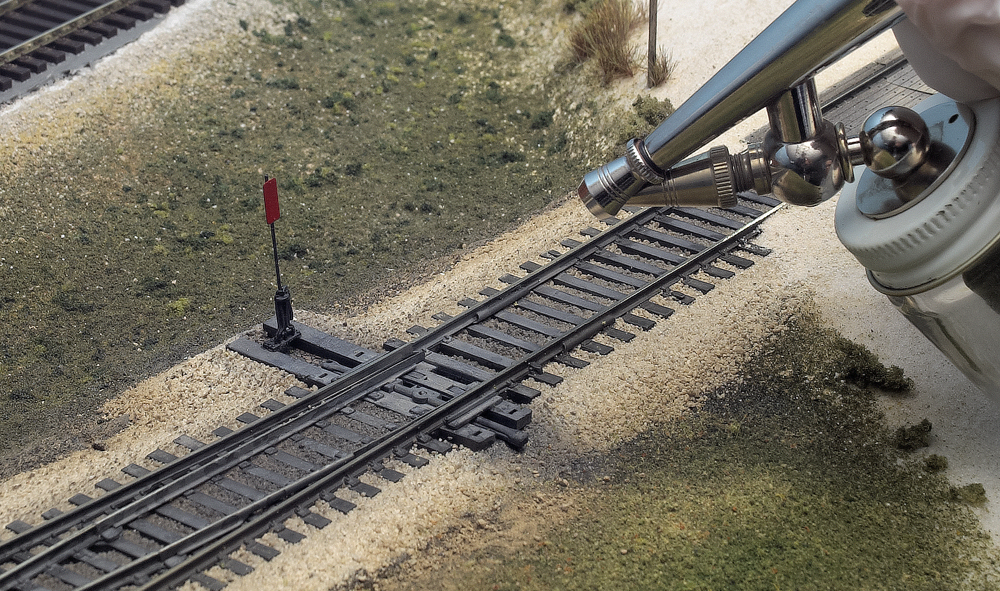
Regardless the size, model railroads require regular maintenance. Cleaning track, dusting scenery and structures, and maintaining equipment are just some of the things that require attention. Not keeping up on these tasks will lead to a layout that runs poorly, looks tired, and potentially cause you (and/or members of your operating crew) to lose interest. […]
Read More…

While sifting through my “someday” project box, I found an old Atlas elevated gate tower. I’ve had this little plastic structure since my earliest days in the hobby, but it’s been a number of years since I’ve used it on a layout. Despite its rough shape, I pulled it out of the box thinking it […]
Read More…
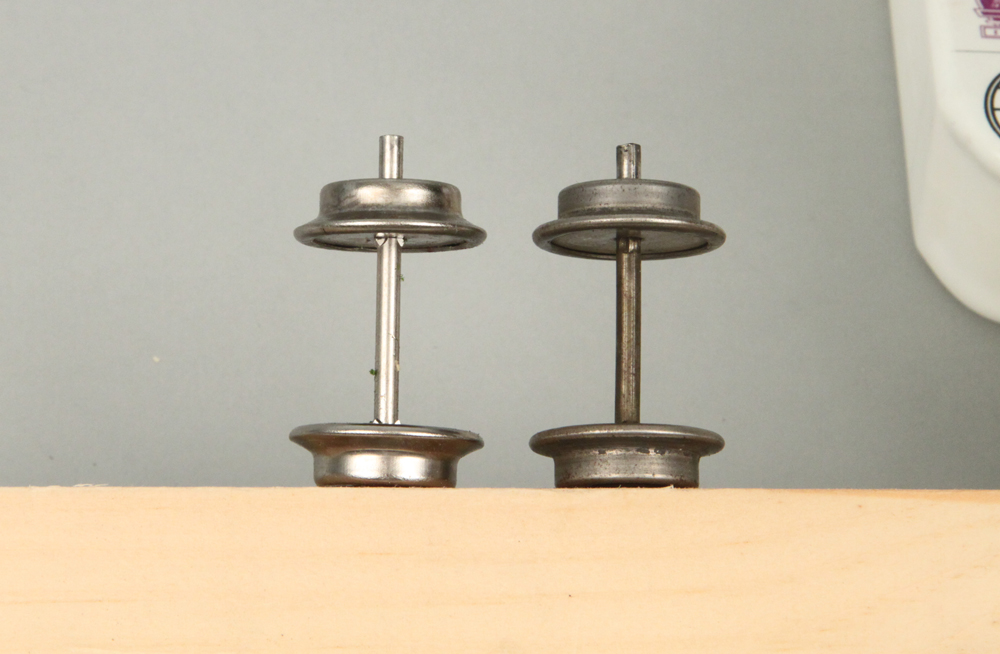
I bought a set of Williams tinplate cars that duplicated scarce Lionel products from the 1930s in an online auction (photo above). I planned to run them on my period layout and was pleased to find the cars to be in like-new condition when they arrived. However, when I placed them behind my Lionel No. […]
Read More…
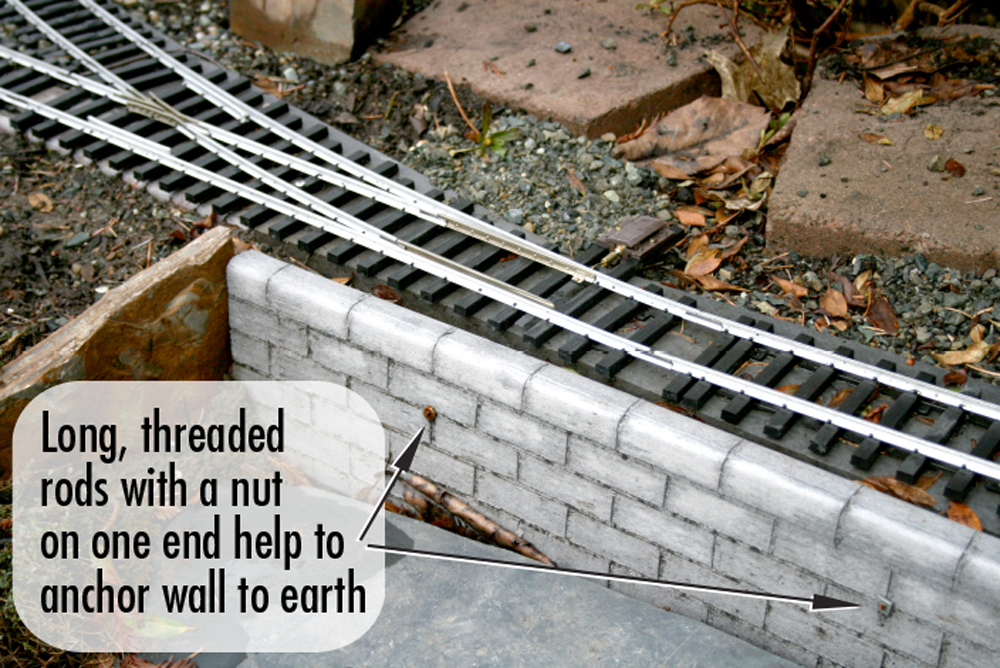
Simulated concreted-block retaining wall In real life, large concrete blocks (2′ x 4′) are often used to build retaining walls above and below roadways. To represent such a wall, start with a 1″ x 5″ gray colored piece of Trex or similar “plastic” wood. Cut it to your required width and length. With a table […]
Read More…
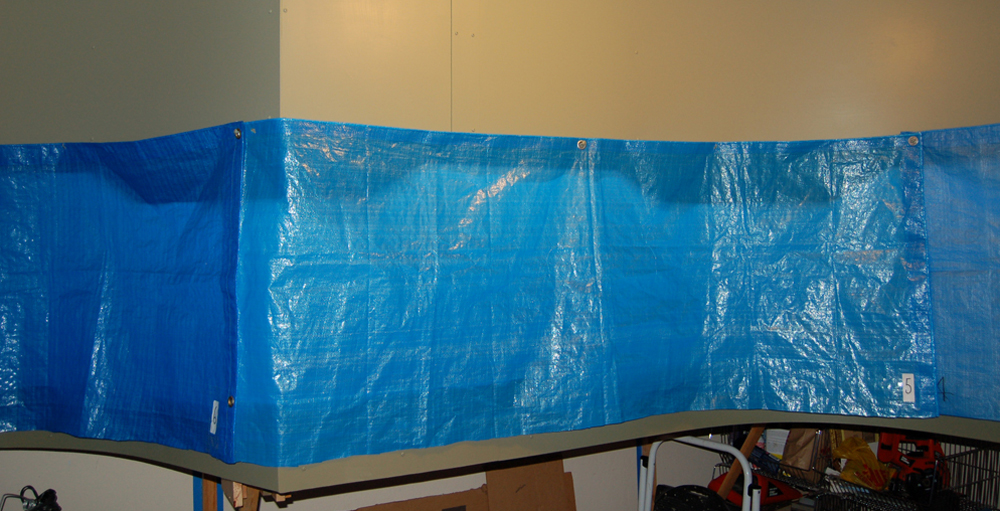
Cold weather and limited train events keeping you indoors running trains? Well, we can relate. If you choose to give your favorite pastime a break for the summer to enjoy the weather with friends and family, then we suggest doing the following to ensure a smooth transition back into the hobby come those chilly, fall […]
Read More…
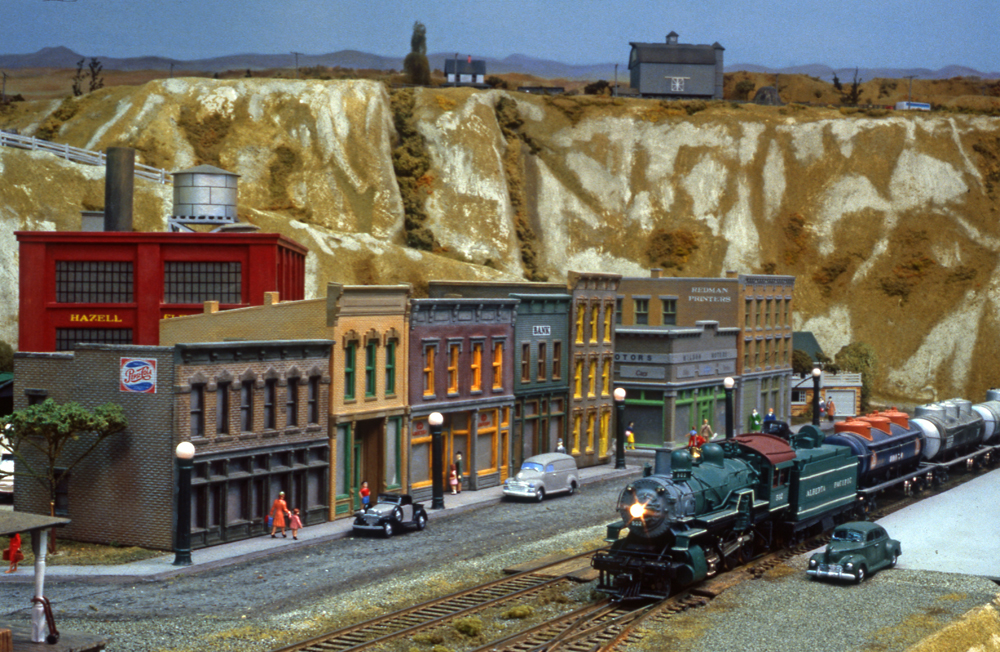
As part of our 90th anniversary celebration, we’re featuring never-before-published articles from our archives on Trains.com. This story is from 1994. Products mentioned in the article may no longer be available. I’ve had an active interest in model railroading for more than 45 years. My ultimate goal was to build a layout of my own […]
Read More…
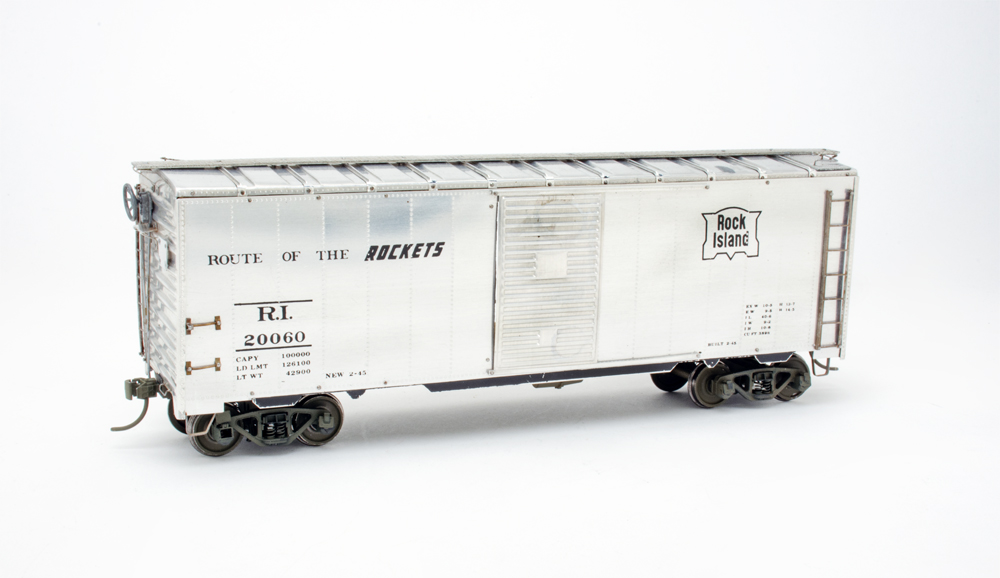
Lionel brought out its first No. 6464 near-scale boxcars in 1953. The models it developed were strongly influenced by what Athearn, a manufacturer of O scale trains, had already been doing, especially with a Rock Island prototype. Little wonder that toy train enthusiasts of every age praised the four new 6464 boxcars. Experienced O gauge […]
Read More…

At some point in your life, you will most likely move. For some it may be to a new residence across town. For others it might be several states away, or perhaps another country. In addition to moving furniture, clothes, and other household items, you’ll need to prepare your trains for transport. In this article, […]
Read More…

Living with a model railroad and a dog or cat isn’t always easy. The animals don’t know the difference between your toys and theirs, and can wreak havoc on scenery, models, or your workbench. Animals love to chew on natural materials and unfortunately, many scenery products are made of those. But peaceful coexistence is possible […]
Read More…












